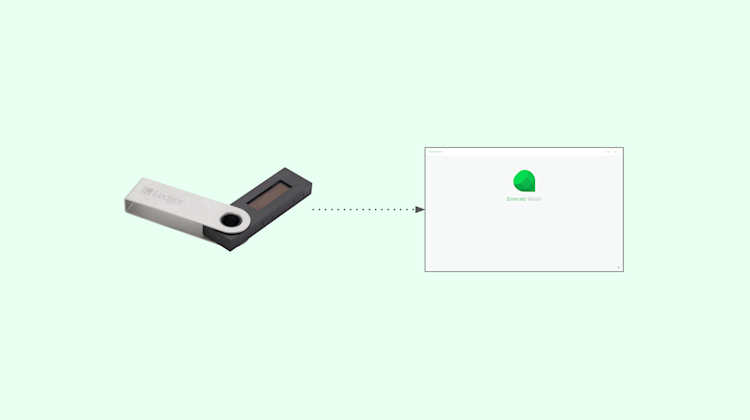Educational post: Hardware wallets and software wallets explained.
You can watch this educational content here:
In the following sections we explain what are hardware wallets, software wallets, and how they may be used combined as cold and hot wallets.
1. What are hardware wallets?
Hardware wallets are called such because they are actually hardware devices separate from your computer or phone.

These devices do not have WiFi or a telephone line connection so they are not linked to the internet.
Hardware wallets hold private keys that may be used as "cold wallets" as explained in previous educational posts.
They usually work in conjunction with software wallets as hardware wallets usually can't be used by themselves to send and receive crypto assets but only to sign transactions and get address information.
As hardware wallets are inconvenient to use because they are not connected to the internet and have to be connected to your regular devices to sign transactions and obtain address information, they are usually not for frequent use but for longer term storage.
People and businesses normally store from 80% to 90% of their crypto assets in hardware wallets for long term holding.
Because of the features explained above, hardware wallets are considered the highest level of security in the blockchain industry.
2. What are software wallets?
Software wallets as Emerald are not associated with any devices but are software apps that may be installed on regular computers or phones.

Software wallets may also hold private keys that are generated when you install them. These are usually called "hot wallets" because they are for daily use and are linked to the internet at all times.
They usually also work in conjunction with hardware wallets, so people and businesses may create transactions and then sign them with the hardware wallets, but the private keys never touch your regular devices.
Software wallets are usually for frequent use as they are readily available and no extra steps have to be taken to send and receive crypto or check your balances.
Because software wallets are less secure than hardware wallets, people and businesses usually hold from 10% to 20% of their crypto assets in them to make payments, for receiving money, or to interact with dapps.
For the reasons explained above, software wallets are more convenient for daily use than hardware wallets.
3. Using them as cold and hot wallets.
However, a setup combining hardware wallets as cold wallets and software wallets as hot wallets is very common.

The software wallet may hold 20% of your crypto holdings for frequent use and hardware wallets 80% for long term storage and both may be used combined.
Crypto assets may be moved from the cold wallet to the hot wallet and vice versa to manage your money more efficiently and with higher levels of security.
Thank you for reading this educational post!
Please remember to download Emerald here:



